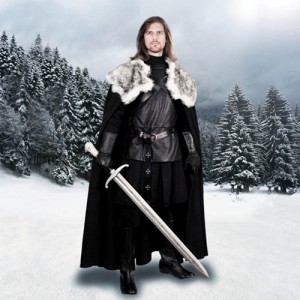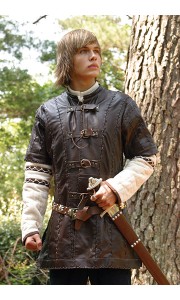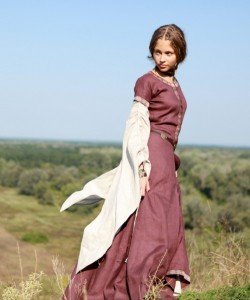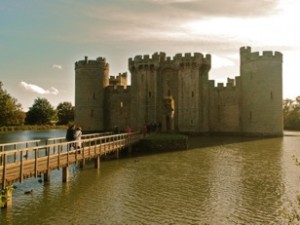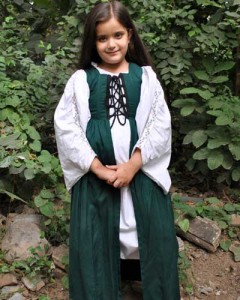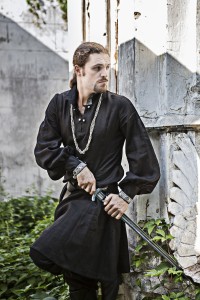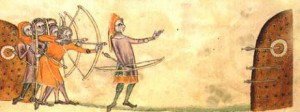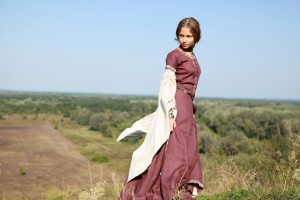Medieval Bakers and Logos
At Pearson’s Renaissance Shoppe, we don’t just sell medieval costumes. We love learning about the medieval era in history, and we aren’t alone! We’re finding great articles online every day all about some of the quirkier aspects of life during the medieval period. Recently, we came across an interesting article from GIZMODO about the connection between modern logos and medieval bakers. 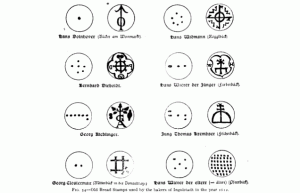
According to Gizmodo, London in the 13th century came alive when pipes were installed to deliver clean water to the citizenry. As life became easier as a result of the clean water, businesses flourished. However, with booming businesses comes the business of swindlers.
In order to protect the population of London from the shady practices of huckster bakeries, Henry III created a law that regulated food, called the Assize of Bread and Ale. This law regulated the size and weight of bread, flour purity, and pricing of said items. This law also protected the bakers themselves. Bad bakers could have easily raised the price of their bread out of proportion to grain prices. The result would have punished other bakers and lead to mass starvation.
How did bakers let people and authorities know that their bread was up to snuff? Logos! A law was developed that required bakers to imprint their products with a unique symbol to make it easier to trace the bread to the baker. Hence, the start of logos!
